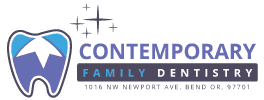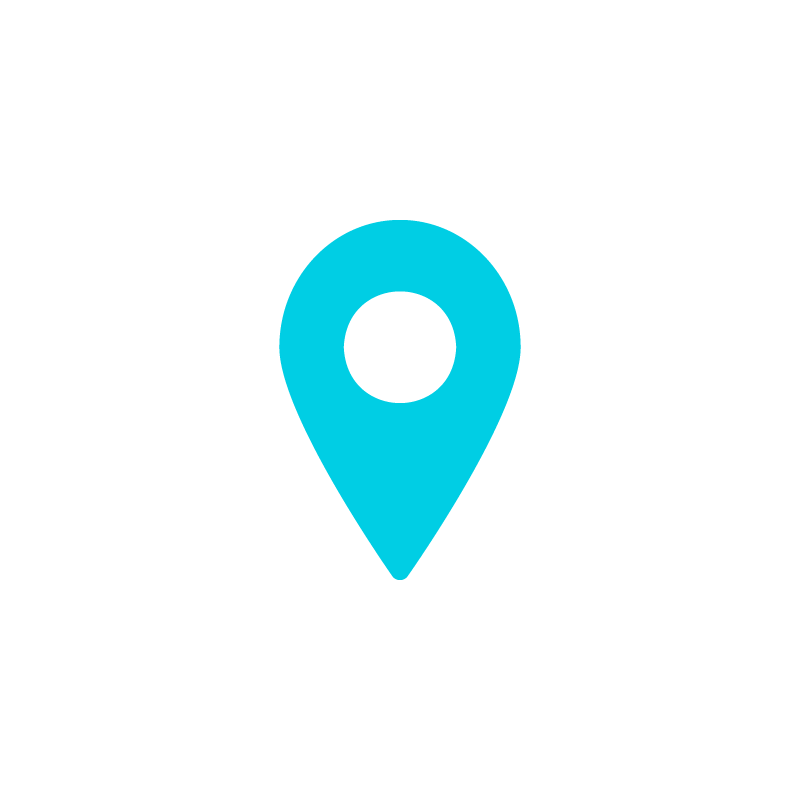Introduction
In the dynamic world of dentistry, technological advancements continually redefine the landscape of patient care. Dental laser therapy stands at the forefront of innovation, introducing new dimensions of precision and comfort. In this article, we unravel the latest advancements in dental laser therapy, showcasing how this technology is reshaping modern dental procedures. With the ability to target specific areas with high precision, dental laser therapy minimizes damage to surrounding tissues and reduces the need for invasive procedures. Additionally, the advancements in dental laser technology have led to improved patient comfort during treatment, as lasers can often eliminate the need for anesthesia or reduce the amount required.
Dental Laser Therapy: A Revolution in Precision
Understanding Dental Laser Therapy
Dental laser therapy has revolutionized the field of dentistry by providing dentists with precise tools to treat various oral conditions. By using lasers, dentists can now perform procedures such as gum reshaping, cavity removal, and teeth whitening with unparalleled accuracy. This technology not only improves the overall patient experience but also enhances treatment outcomes by ensuring minimal discomfort and faster healing times.
-
Harnessing the Power of Light
Dental laser therapy utilizes focused light beams to perform various procedures with enhanced precision and reduced discomfort. This innovative approach has significantly reduced the need for traditional dental tools such as drills and scalpels, making procedures less invasive and more comfortable for patients. Additionally, the use of lasers in dentistry has also been found to minimize bleeding and swelling, leading to faster recovery times for patients.
-
Versatility in Applications
From soft tissue treatments to cavity preparations, dental laser therapy has a wide range of applications, making it a versatile tool in modern dentistry. Dental laser therapy can be used for gum disease treatment, as it effectively removes bacteria and infected tissue without the need for surgery. This non-invasive approach provides patients with a quick and effective way to achieve a brighter smile without the use of harsh chemicals or uncomfortable trays. Furthermore, lasers can also be utilized for teeth whitening procedures, providing patients with a quick and efficient way to achieve a brighter smile.
Advancements in Soft Tissue Treatments
Redefining Gum Procedures
Advancements in soft tissue treatments have revolutionized gum procedures in dentistry. With the use of dental lasers, gum surgeries that were once invasive and painful can now be performed with minimal discomfort and faster healing times. These lasers are able to precisely target and remove diseased gum tissue while leaving healthy tissue intact. Additionally, the use of lasers in gum procedures has been found to stimulate the regeneration of gum tissue, promoting overall oral health. This technology allows for precise and targeted removal of diseased tissue, promoting better overall oral health for patients.
-
Laser Gingivectomy
The latest lasers allow for precise gum contouring and reshaping, minimizing bleeding and discomfort during procedures. These advancements have also made it possible to perform laser gingivectomies, a procedure that involves removing excess gum tissue to improve the appearance of a patient’s smile. By using lasers, dentists can precisely sculpt the gums, resulting in a more symmetrical and aesthetically pleasing smile. Additionally, laser gingivectomies have shorter recovery times compared to traditional gum surgeries, allowing patients to enjoy their brighter smiles sooner.
-
Periodontal Pocket Therapy
Advanced laser technology aids in thorough debridement and disinfection of periodontal pockets, promoting optimal healing. This advanced laser technology also helps to minimize bleeding and discomfort during the procedure, making it a more comfortable experience for patients. Furthermore, the precise targeting of lasers allows for more effective removal of bacteria and infected tissue, reducing the risk of future gum infections and promoting long-term oral health. Patients can expect less swelling and a quicker return to their normal daily activities. This innovative approach to gum treatment not only improves oral health but also enhances overall patient satisfaction.
Laser Applications in Restorative Dentistry
Transforming Cavity Preparations
Laser technology is revolutionizing the way cavity preparations are done in restorative dentistry. By using lasers, dentists can precisely remove decayed tooth structure while preserving healthy tooth enamel, resulting in more conservative and aesthetically pleasing fillings. Additionally, lasers can help sterilize the prepared cavity, reducing the risk of bacterial contamination and improving the longevity of the restoration. Overall, laser applications in restorative dentistry offer a more efficient and patient-friendly approach to treating cavities.
-
Painless Cavity Removal
Lasers offer a minimally invasive alternative for cavity preparations, reducing the need for anesthesia and preserving healthy tooth structure. In addition, lasers can precisely remove decayed tissue without causing damage to the surrounding healthy tooth structure, resulting in a more conservative approach to cavity removal. This not only helps to maintain the strength and integrity of the tooth but also reduces the risk of complications or sensitivity after the procedure. The precision of laser technology allows for more accurate and precise cavity removal, ensuring a better fit for dental fillings or restorations. Overall, painless cavity removal lasers provide a safer and more comfortable experience for patients while maintaining the long-term health of their teeth.
-
Bonding and Reshaping
Lasers assist in bonding procedures and enamel reshaping, providing a more comfortable experience for patients. These lasers can effectively remove the outer layer of enamel without the need for drilling, making it a less intimidating and painless procedure. Additionally, bonding lasers can enhance the adhesion of dental materials to the tooth surface, ensuring a longer-lasting and more durable restoration. Overall, the use of lasers in bonding and reshaping procedures offers patients a minimally invasive and efficient treatment option.
Dental Laser Therapy: Precision in Endodontics
Enhancing Root Canal Procedures
Lasers have also revolutionized root canal procedures by providing greater precision and accuracy. With the use of lasers, dentists can target and remove infected tissue more effectively, reducing the risk of reinfection. This technology also allows for better disinfection of the root canal system, ensuring a higher success rate for the procedure. Overall, lasers have significantly improved the outcomes of endodontic treatments, making them a preferred choice for both dentists and patients.
-
Laser-Assisted Disinfection
Lasers aid in thorough disinfection of root canals, improving treatment outcomes and reducing the risk of reinfection. Additionally, lasers can help in the removal of debris and bacteria from the root canal system, promoting better healing and reducing post-treatment complications. The precise and controlled nature of laser-assisted disinfection also minimizes damage to surrounding healthy tissue, resulting in a more comfortable experience for patients. Furthermore, laser-assisted disinfection has been shown to effectively kill bacteria in hard-to-reach areas of the root canal system, which traditional methods may struggle to reach.
-
Apicoectomy Advancements
Precise cutting and cauterization with lasers enhance the precision of apicoectomy procedures, contributing to successful root canal treatments. The use of lasers in apicoectomy procedures has shown promising results in terms of faster healing times and improved patient satisfaction. Lasers can also aid in the removal of infected tissue and disinfection of the surgical site during apicoectomy procedures. This reduces the risk of complications and improves the overall success rate of the treatment. Additionally, laser-assisted apicoectomy can result in faster healing times and less post-operative discomfort for patients.
FAQs Dental Laser Therapy
Q: Is dental laser therapy safe?
A: Yes, dental laser therapy is considered safe when performed by trained professionals. The use of lasers in dental procedures has been extensively studied and has been shown to have minimal risks and side effects. However, patients need to disclose any underlying medical conditions or medications they are taking to ensure the safe use of lasers during their treatment. It minimizes the risk of infection and accelerates healing.
Q: How does dental laser therapy minimize the risk of infection?
A: Dental laser therapy uses a focused beam of light to target and eliminate bacteria, reducing the risk of infection during procedures. Additionally, the heat generated by the laser can also help to sterilize the area being treated, further minimizing the risk of infection. This makes dental laser therapy a safe and effective option for patients. It also cauterizes blood vessels, further preventing the spread of bacteria.
Q: Does dental laser therapy hurt?
A: Dental laser therapy is generally associated with minimal discomfort. The laser used in dental procedures is designed to be precise and gentle, causing less pain compared to traditional methods. Additionally, the laser can also help to numb the area being treated, further reducing any potential discomfort. The need for anesthesia is reduced in many procedures, enhancing patient comfort.
Q: Can lasers be used for teeth whitening?
Yes, lasers are often used in conjunction with teeth-whitening agents to enhance the effectiveness of the whitening process. The laser helps to activate the whitening agents, allowing them to penetrate the teeth more deeply and remove stubborn stains. This combination of laser therapy and whitening agents can result in a brighter and whiter smile.
Q: How long does recovery take after laser gum procedures?
Recovery time after laser gum procedures is typically shorter compared to traditional methods, with less swelling and discomfort. This is because laser gum procedures are minimally invasive and cause less trauma to the gums. Patients may experience some mild soreness or sensitivity for a few days, but they can usually resume their normal activities immediately after the procedure.
Q: Can dental lasers be used on children?
A: Yes, dental lasers are safe for use in children and can be advantageous in certain procedures, such as cavity preparations. Dental lasers offer a more comfortable experience for children, as they minimize the need for anesthesia and reduce anxiety. Additionally, dental lasers can be used to treat tongue-tie or lip-tie in infants, providing a quick and virtually painless solution.
Q: Are dental lasers more expensive than traditional tools?
A: While the initial investment may be higher, the long-term benefits, reduced need for anesthesia, and improved patient experience make dental lasers a cost-effective choice. Additionally, the precision and accuracy of dental lasers often result in less damage to surrounding tissues, reducing the need for additional treatments or repairs.
Statistics on Dental Laser Therapy
- According to the American Dental Association, over 6% of dentists in the United States use lasers for soft tissue procedures.
- A study in the Journal of the American Dental Association found that lasers can reduce the need for anesthesia by up to 96% in certain procedures.
- The global dental lasers market is projected to reach $224 million by 2025, according to a report by Grand View Research.
Conclusion
Dental laser therapy continues to evolve, bringing unprecedented precision and comfort to a variety of dental procedures. From soft tissue treatments to restorative dentistry and endodontics, the latest advancements in laser technology are enhancing patient outcomes and transforming the dental experience. As these innovations become more widely adopted, the future of dentistry looks brighter than ever, promising efficient, minimally invasive, and patient-friendly treatments. With the increasing demand for less invasive and more comfortable dental procedures, the market for dental laser therapy is expected to witness significant growth in the coming years. As dental professionals continue to embrace these advancements, it is anticipated that the industry will experience a revolution in terms of treatment options and overall patient care.



